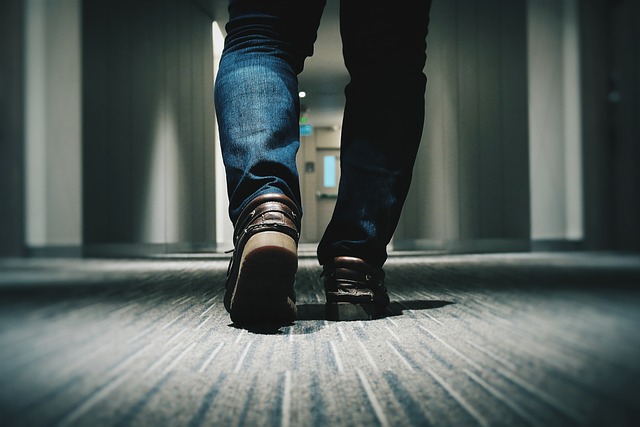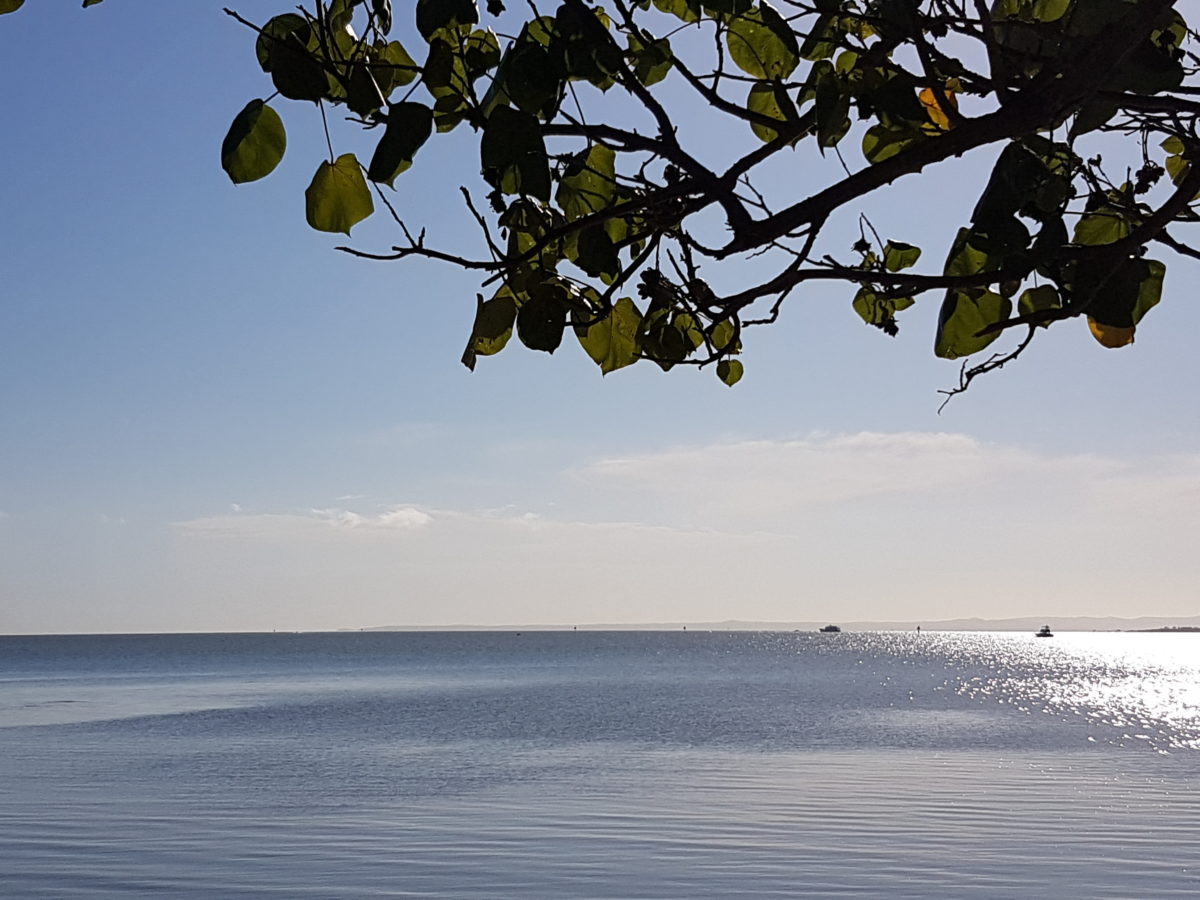In a previous post, I discussed various ways of mindful walking with an emphasis on walking outdoors. Here I want to focus on a simple approach to mindful walking that can be used indoors, particularly when you are time-poor.
The basic process for mindful walking indoors is as follows:
- Work out where you are going to walk from and to
- Stand with your feet apart and be conscious of the soles of your feet on the floor
- Ground yourself mentally and physically
- Lift your right foot slowly
- Place the heel of your right foot slowly on the floor
- Gradually lower your foot so that the sole of your right foot is slowly flattening on the floor
- Lift your left foot slowly
- Place the heel of your left foot slowly on the floor
- Gradually lower your foot so that the sole of your left foot is slowly flattening on the floor.
Repeat steps 4-9 keeping your mind focused on your walking action. You can start with your left foot if this is your preference.
As you become more conscious of mindful walking and begin to practise it indoors, you will notice many opportunities that arise where you can take a few minutes to practise, e.g. while waiting for the jug to boil, or waiting for your partner or children to get ready to go out. You will also become more conscious of your walking when outdoors.
So often we “race from pillar to post” thinking about something we have to do or have failed to do or done wrongly. We rush everywhere, even in our own home.
Mindful walking enables us to slow down, to be more conscious of the present and to appreciate what we have. It can help us to reduce anxiety about the future and depression about the past. It leads to peace, contentment and lowered stress. With a clearer mind, you may also experience increased awareness and insight.
Mindful walking indoors is a simple, time-efficient way to grow mindfulness and to keep things in perspective.
Image Source: Courtesy of Pexels on Pixabay

